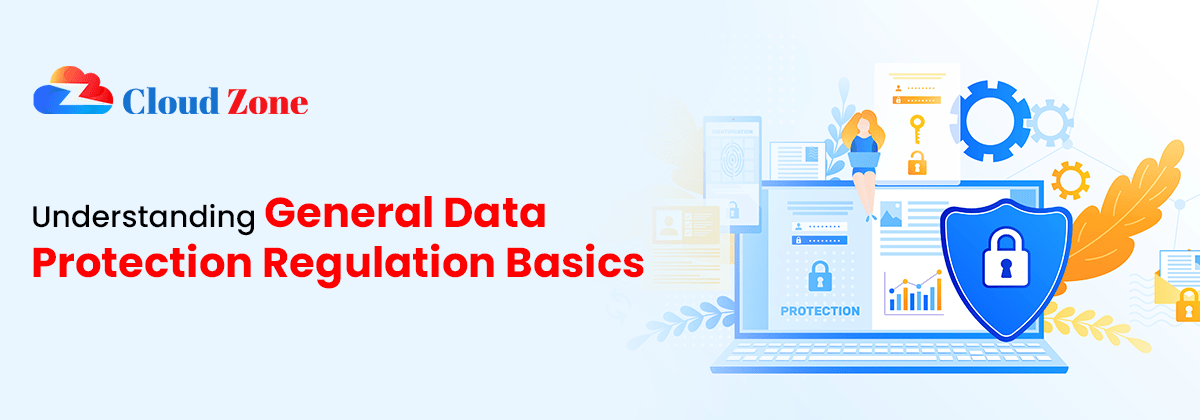Cloud Migration Strategies
Table of Contents
ToggleIntroduction
The transition to the cloud is a process that is of great importance to companies interested in cloud computing technology. When organizations are employing the best strategies for their existing infrastructure, transitions to cloud environments are increasingly common. Regardless of whether you are moving a single application or an entire enterprise, making the right decision is paramount to resource utilization and cost effectiveness and the ability to integrate. In this blog, we will have a look at certain cloud migration strategies one can adopt. You can learn about more such techniques by undertaking a cloud computing course in chandigarh.
Cloud Migration Strategies
Some of the common strategies you can use are listed as follows, each offers distinct benefits based on your business needs:
1. Rehost (Lift and Shift):
The “Lift and Shift” approach is one of the prominent strategies for cloud migration among all the strategies. It is a process of migrating applications and workloads from traditional physical data centers to the cloud while making minimal changes. It is normally employed when there is a need for a quick change or when the business applications are already designed to work in cloud systems.

2. Refactor:
Refactoring basically entails redesigning and recoding of parts of an application to fit the cloud infrastructure. This involves changing the current code and structure of the application in an effort to align it with cloud-native solutions including the service models, microservices, server less or containers.
3. Replatform:
Replatforming falls between rehosting or buying new hardware, and refactoring. It involves modifying the application to function optimally in the cloud without a complete redesign. For instance, a business might switch databases or operating systems to leverage cloud features like auto-scaling.
Stay ahead of the curve by learning AI-powered design techniques for the web.
4. Repurchase (Drop and Shop):
Repurchasing is when organizations swap out older legacy applications with newer cloud offerings. It is cheaper and more efficient to acquire a new on-demand software that replaces the functionality of the old client-server system.
5. Retire:
At times, organizations discover that a specific app or system is no longer helpful or relevant to the organization. Further, retire strategy means recognizing and eliminating the need for applications that require migrations; consolidating and moving them off.
6. Hybrid and Multi-Cloud:
Regarding organizations that have specific and diverse requirements or have long compliance needs, flexibility is provided by hybrid as well as multi-cloud solutions. A hybrid cloud model is a combination of both on-premise and hosted cloud, which allow enterprises to continue to harness the benefits of the cloud computing model while hosting specific portions of their services internally.
Stay ahead of the curve by learning AI-powered
Conclusion
Thus, each cloud migration approach differs, and the best one that should be opted for depends on the needs, objectives, and available resources of the organization. If properly implemented, cloud migrations result in cost savings and improved organization agility and competitiveness within the digital marketplace. Moreover, learn more about these techniques with AWS training in Chandigarh.



